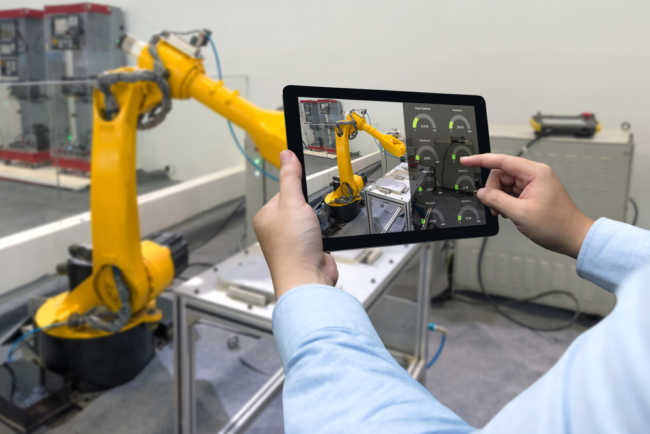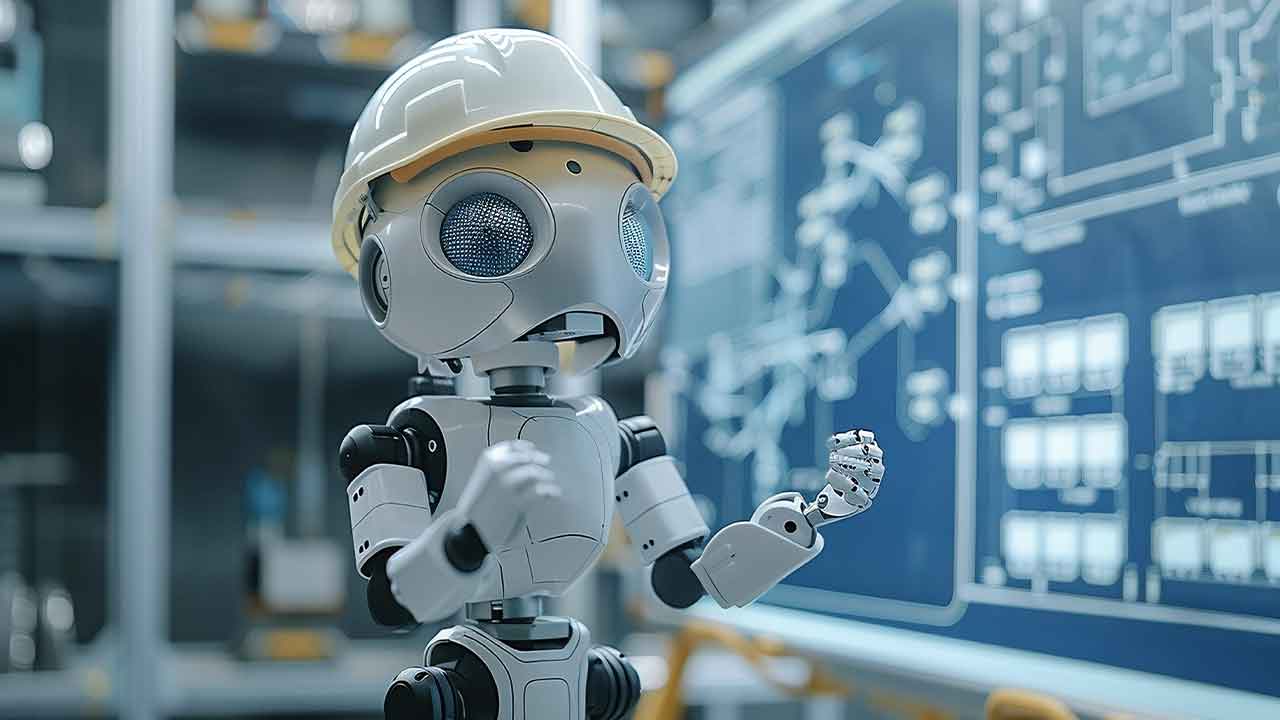Navigating the big pivot from IoT to AI-driven analytics
If you’ve worked in industry for any length of time, you’ve experienced wave after wave of digital technologies washing over the plant floor, from robots to tablets. The next decade will see a new technological wave breaking over the landscape, as artificial intelligence expands from a narrow set of tasks to far more sophisticated applications that transform industry. Many companies know that the wave is coming, and are starting to think about how it will impact operations, workforce development, and their ability to compete in the marketplace.
According to Gartner, by 2021 artificial intelligence will create nearly $3 trillion in business value. What’s driving this trend? One can point to a number of factors, including AI’s progression from simple, pre-programmed routines to advanced machine learning algorithms, as well as the introduction of AI platforms and service offerings that ease the design and deployment of new applications.
But when it comes to manufacturing, there’s another factor that comes into play: The rise of the industrial Internet of Things. Industrial IoT is a wave unto itself, enabled by computing at the edge, the convergence of IT and OT, and pervasive connectivity in industrial settings. Industrial IoT has led to an explosion of data – and questions of how to fully exploit the value of that data.
Indeed, a lot of the industrial machinery and IoT sensors today are producing vast amounts of data that aren’t necessarily being used. As manufacturers try to gain competitive advantages, they’re starting to look at what they can do with this data, what insights they can get from that data, and effectively, how they can run their businesses better based on the data.
There are enormous cost benefits to be realized. Estimates show that manufacturers can reduce product development costs by up to 50 percent, operating costs by up to 25 percent, and increase gross margins by one-third if they consistently exploit the data that’s available to them.
Benefits and capabilities rise as companies scale the system and employ more sophisticated AI applications. For AI-driven analytics, the progression looks like this:
- Descriptive. What happened?
- Why did it happen?
- What is happening now?
- What will happen?
- Prescriptive. What should be done?
Merely having access to the data and an analytics engine is not going to instantly grant full-clarity insights into your plant’s operations. You need to build the foundation and have an evolution of understanding that will lead to action based on that understanding. Ultimately, what you are looking for is data that can start to automate decisions.
Predictive vs. Prescriptive analytics and automation
Let’s back up a bit. Automation may be the holy grail of AI and advanced analytics on the edge, but a lot of companies right now are still in the middle stages. As their understanding increases and they move into predictive analytics, a whole new world of possibilities opens up for proactively maintaining assets such as machinery, vehicle fleets, and facilities.
If the data gives insights into which part of the asset is going to fail, then maintenance schedules can be adjusted accordingly to only do the maintenance that’s required. Imagine the impact on maintenance costs, workers’ schedules, and plant downtime. Instead of an asset being taken offline 10 times per quarter for scheduled upkeep or emergency repairs, the predictive maintenance application can let operators know in advance when the asset is likely to fail, which might only be 2 or 3 times per quarter. More about Why 85% of Machine Learning Projects Fail and how to avoid this.
Rising to the next level – prescriptive analytics – requires not only making sure the predictions are correct, but also the right technical pieces are in place to ensure that the proper actions can take place.
Typically, assets will be out there in the field, generating data. Data needs to be taken from that asset and delivered to an environment where it can be analyzed and turned into predictions (what will happen) and prescriptions (what should be done).
Moreover, this all needs to happen in a timely fashion. If it takes hours to get access to the data, the event could have already happened before action can be taken. Therefore, it’s critical to have timely access to the data, timely movement of the data, and then have timely actions upon it.
Access more resources focused on Industrial IoT here.
 This article was written by Andy Longworth and originally was published here. Andy works in the newly formed worldwide center of expertise for Artificial Intelligence, Data and New Technologies, for HPE Pointnext. Andy’s focus is across a broad spectrum of activities from business development through to project delivery and productizing innovative solutions that can be re-used across different engagements. HPE Edgeline Converged Edge Systems is powered by Intel® Xeon®.
This article was written by Andy Longworth and originally was published here. Andy works in the newly formed worldwide center of expertise for Artificial Intelligence, Data and New Technologies, for HPE Pointnext. Andy’s focus is across a broad spectrum of activities from business development through to project delivery and productizing innovative solutions that can be re-used across different engagements. HPE Edgeline Converged Edge Systems is powered by Intel® Xeon®.



